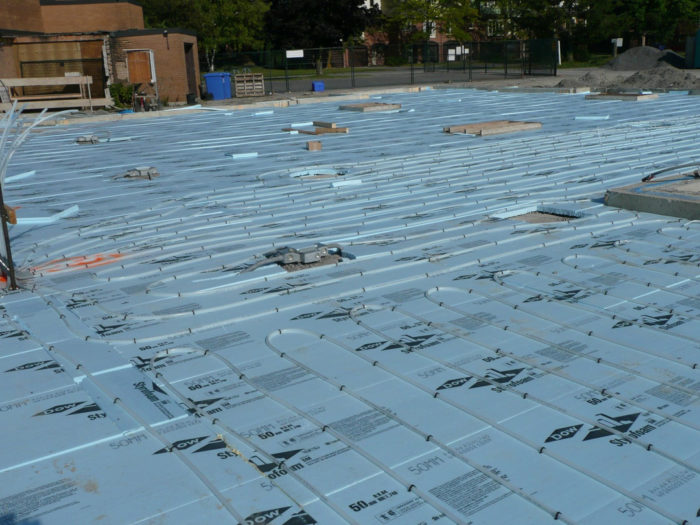
Image Credit: Flickr
With an R-90 roof and R-60 walls, Jenz Yoder’s new off-grid house will be well insulated. Yoder’s quandary, outlined at Green Building Advisor’s Q&A forum, is whether radiant-floor heat is a good idea.
“I had two consultants tell me that I will not need radiant floor heat, [that] it will be too much,” Yoder writes. “We will have a whole-house air circulation system and a gas fireplace. I am worried about not putting in the pipes in the floor and then being wrong.”
One option for this Climate Zone 4 house would be to install radiant-floor tubing only in those rooms far from the fireplace, Yoder adds. Or, adding a heating element to a whole-house ventilation system.
What should Yoder do? That’s the topic for this Q&A Spotlight.
That’s way too much insulation
Charlie Sullivan’s suggestion is to start with a heat loss calculation, but before those results are in hand he suggests that Yoder will be disappointed if the expectation is to have warm floors during the winter with a radiant-heat system.
“If you want radiant floors because you think it will be nice to walk on a warm surface in the winter, you are out of luck,” Sullivan says. “If you make the floors that warm, the house will get way too hot and you’ll need all the windows open.”
Installing the tubing in a small area might be an option, he adds, but with that much insulation there probably won’t be that much variation in temperature in different parts of the house.
Dana Dorsett, however, suggests the insulation Yoder plans for exterior walls is “crazy high,” and that a gas fireplace “is likely to roast you out of the house… even when it’s below 20 degrees…
Weekly Newsletter
Get building science and energy efficiency advice, plus special offers, in your inbox.

This article is only available to GBA Prime Members
Sign up for a free trial and get instant access to this article as well as GBA’s complete library of premium articles and construction details.
Start Free TrialAlready a member? Log in





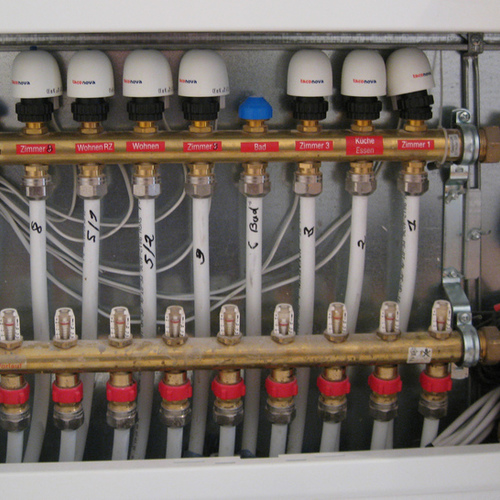
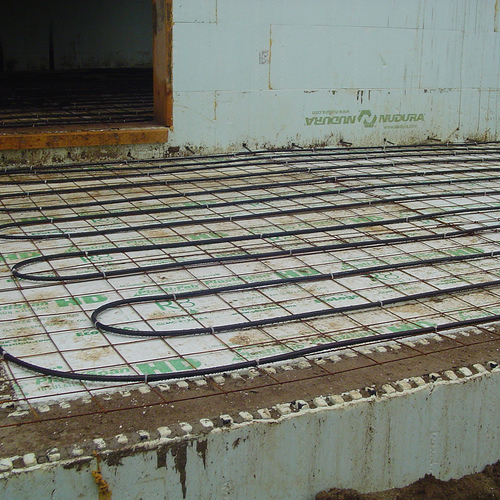
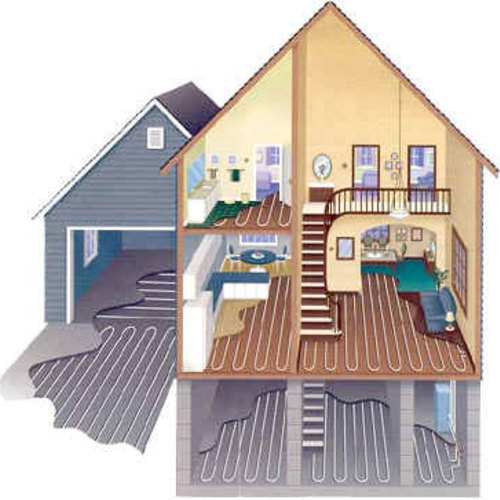
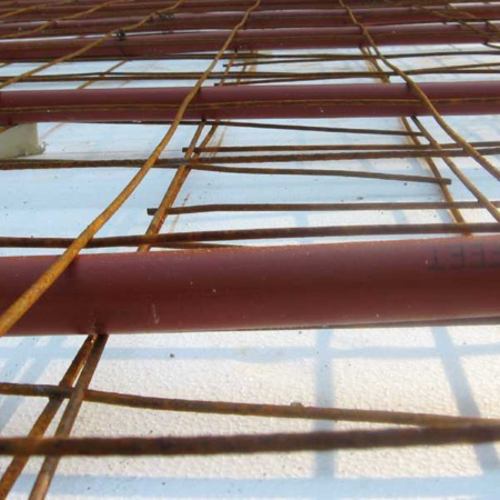






0 Comments
Log in or become a member to post a comment.
Sign up Log in